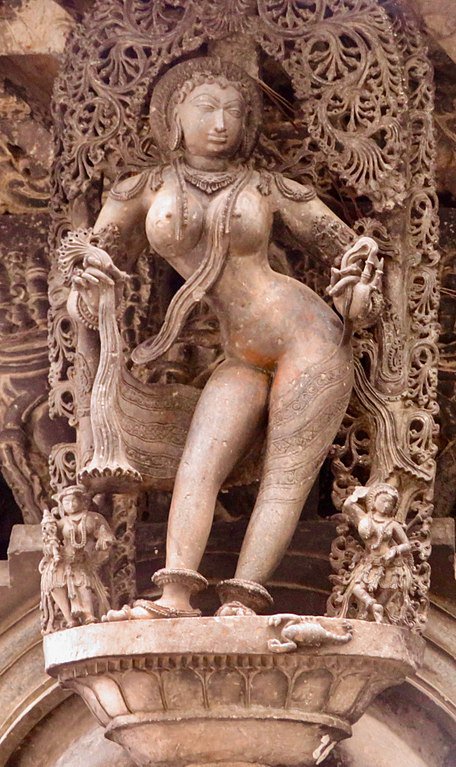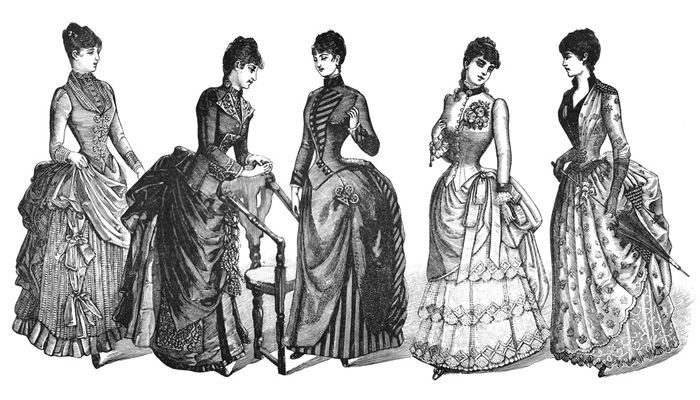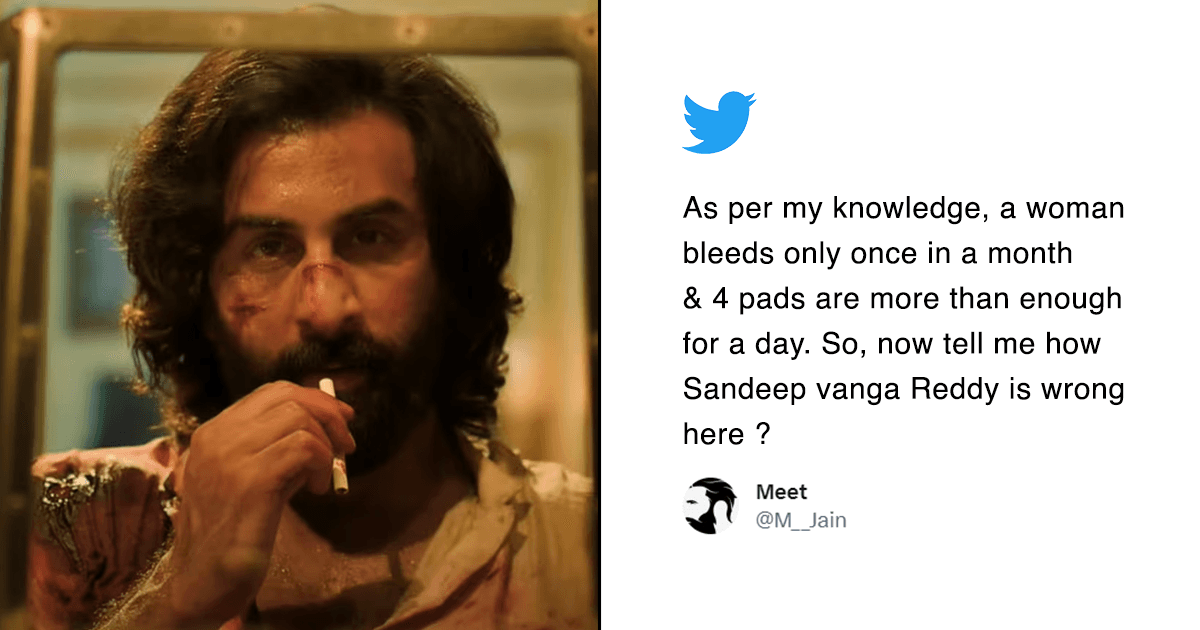Crusty cat-calls, creepy stares and catty comments are just a few things women have to endure when they make the earth-shattering decision to put on a dress, or a skirt, or a pair of shorts, or any humble piece of garment that bares their legs.
Almost every Indian woman has to carry a mammoth sack of psychological trauma over her shoulders, comprising little moments that scar for a lifetime. A child clad in a frilly frock, a teenager in her school-sanctioned uniform, or an adult dressed in her work skirt, neither is immune to the scrutiny of the hemline guardians and the predatory frame of mind that pins rape on the length of a piece of clothing. From “cross your legs and sit like a lady” to “you’re gonna go out in that?” the cycle never ends.

Legs are not inherently sexual organs, so what is so titiliating about them that makes Indian culture go into a frenzy?
Funnily enough, the entire concept of “leg-covering” is not Indian, to begin with. The earliest representations of Indian women depict them with minimal clothing, often scantily clad. It was not until India came in contact with diverse cultures such as the Greek, Roman, Mughal and British, that fashion began to shift and ideologies of modesty and morality were introduced to the subcontinent.

In fact, during the Victorian era, wearing blouses under saris was still not the norm and most women were bare-breasted. The most radical transposition of culture occurred when the British colonized India and the Indian wardrobe clashed with the European patriarchy which had its own code of conduct for modesty and morality.

In Europe, a woman’s legs weren’t even described as legs, they, and the arms, were referred to as limbs. The freedom of displaying one’s legs was simply out of question for all women, more so for those in the upper classes. Their limbs had to be covered in floor-length clothing, or dresses, whatever they were called depending on their place in the social hierarchy.
-Swati Gautam, The Telegraph
Upper-class Indian women were compelled to endorse the imperialist doctrine of female attire in order to survive in a colonized society and in turn adapt to their ideals of shame, humility, grace and decorum. Those who refused to cover their bodies were shunned and cast out. Thus began the saga of society ratified righteous clothing and a rigid code of ethics enough to consume a woman’s autonomy.
Over time, the definitions of modesty have continued to be modified based on innumerable factors including geography, anthropology, climate and above all the patriarchy. The entire facade of modesty as a social contract is based on the institutional prescription of a set of rules designed to “safeguard” women from the greedy intentions of lustful men. Or they are enforced because ever since Adam and Eve, women are perceived to be malicious seductresses who want to lure men to their demise, and men need to be protected at all costs.

Blaming the cover-your-legs epidemic on India as an orthodox, deep conservative society or the preserving the sanctity of Indian tradition is a clever illusion designed to masquerade centuries of the same problem – male entitlement. If men are continually subjected to the turmoil of keeping it in their pants, maybe it’s time they rethink their ways instead of policing female bodies?

















